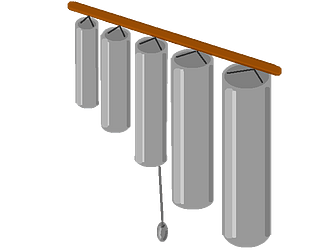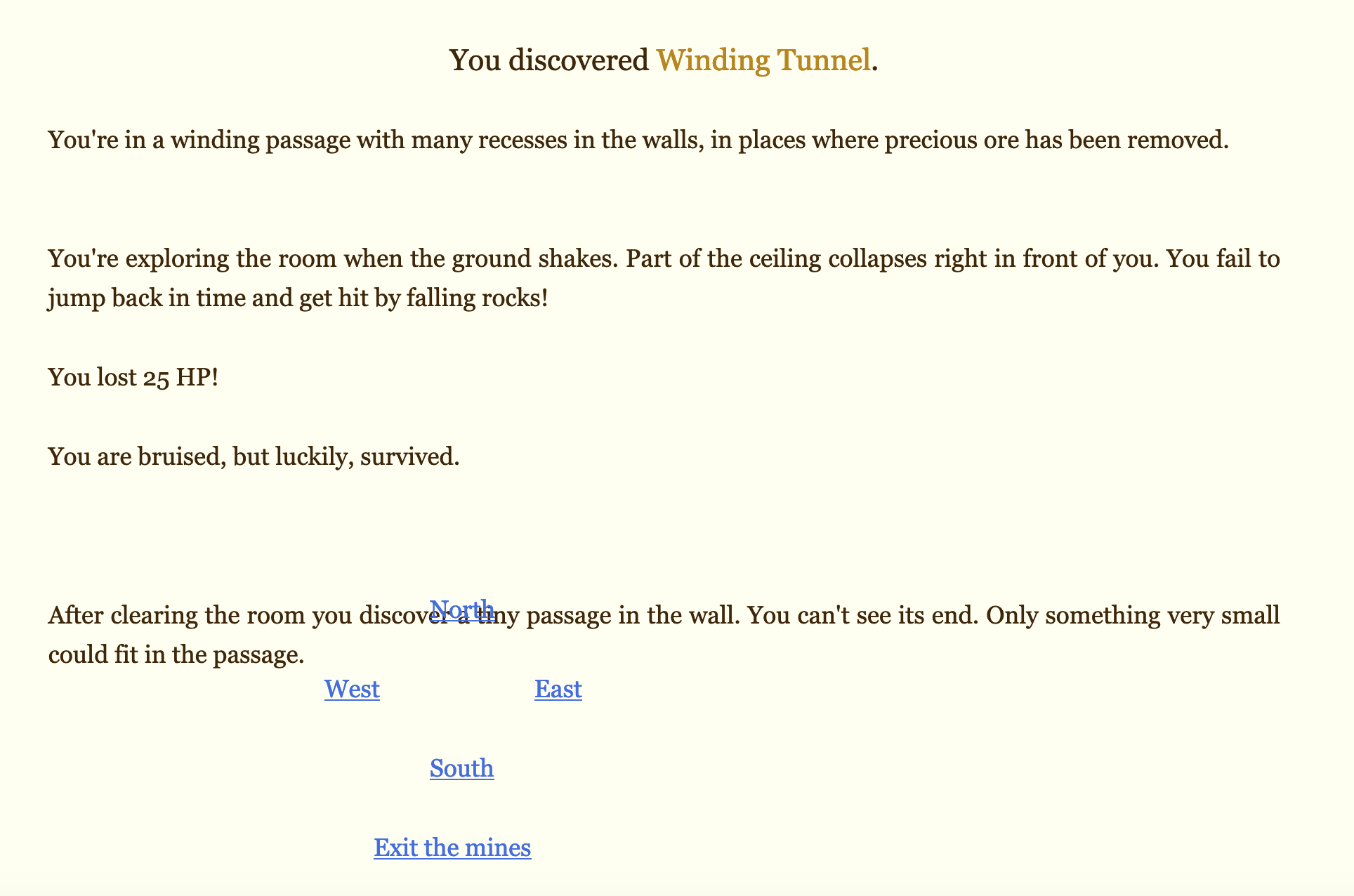Did I get the solution right? [rot13 SPOILERS]
Fgneg sebz gur yvtug checyr qhqr. Sbyybj gur cngu gb gur svefg ubhfr (yvtug checyr gb qnex checyr gb erq gb benatr), gura zbir gb gur pybhq ba gur yrsg (benatr gb erq).
Uvgpu n evqr ba n fabjsynxr (erq gb qnex checyr), naq trg bss bagb gur oebxra cngu ba gur obggbz yrsg (qnex checyr gb erq).
Zbir nyy gur jnl hc gur ehyrf naq bagb gur pybhq ng gur gbc (erq gur jubyr jnl guebhtu). Evqr n fabjsynxr ntnva gb gur arkg pybhq qbja (erq gb qnex checyr gb erq).
Sbyybj gur unatvat ebcr guvat gb gur pnfgyr (erq gb qnex checyr gb erq gb benatrr). Pyvzo gur pnfgyr gbjre naq bagb gur pbzrg (benatr gb yvtug benatr gb lryybj). Lbh ernpu gur lryybj fgne naq jva.
Is this the intended solution?




